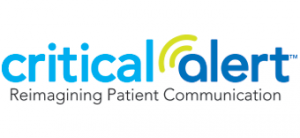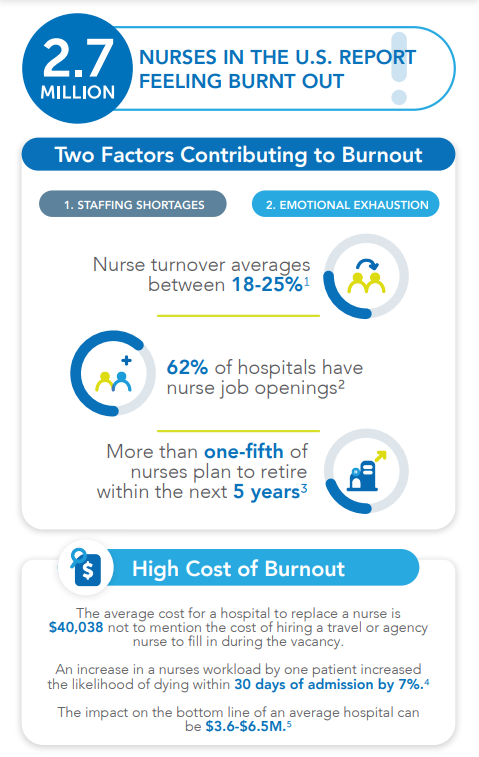Preventing Alarm Fatigue in Hospitals
Getting Alarm Fatigue Under Control Can Be Challenging. We Can Help!
Alarm Committee Support
Preventing Alarm Fatigue in Hospitals is a challenging task. Developing and implementing an effective alarm management strategy includes reviewing policies, process, and technology. This is a monumental task, but you do not have to do it alone. Our Clinical Advisory Service team includes clinicians and technologists to support your efforts. Our team will partner with your Alarm Committee. We support your team on analytics utilization in both review and real time. We will support your team with feedback on best practices, design models, education, and governance structure for alarm/ alert programs. Our focus is to significantly reduce alarm fatigue.
Holistic Alarm Analytics
By pinpointing inefficiencies and enabling the implementation of continual improvements, Critical Alert’s Clinical Advisory Services team provides detailed workflow analytics to tackle alarm fatigue. To successfully analyze alarms, it must be viewed holistically, not in silos.
Critical Alert’s Analytics platform, Aperum, provides a flexible data warehouse that removes the barriers vendors place on data. With Aperum, you can normalize nurse call, real-time location systems (RTLS), cardiac monitors, and other alarm or alert platform data into a useable format. Our platform can support your Alarm Committee throughout their journey to meet the National Patient Safety Goals.
We understand that you are trying to do more with less while learning to use ever-changing technologies and dealing with rising acuity levels. We are here to help!
Our Technology Delivers Reductions In Alarm Fatigue:
- Customized clinical workflows to intelligently route alarms and alerts
- Escalation of alarms to ensure expedient and efficient patient care
- Using customizable rules-based algorithms to hold alarms to enable them to reset as artifact
- Detailed alarm analytics to measure on-going improvement and identify gaps
Leverage Real Time Analytics Tools
- To gain insights into caregiver workload, and response time to maximize staffing efforts
- To support patients exhibiting risky behaviors such as exiting the bed unattended
- To identify adoption of new processes or quality initiatives


